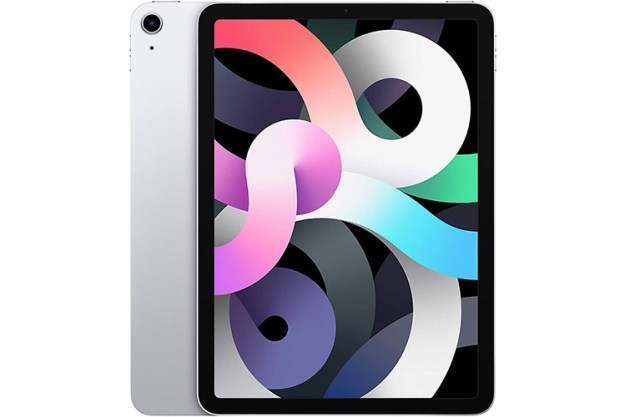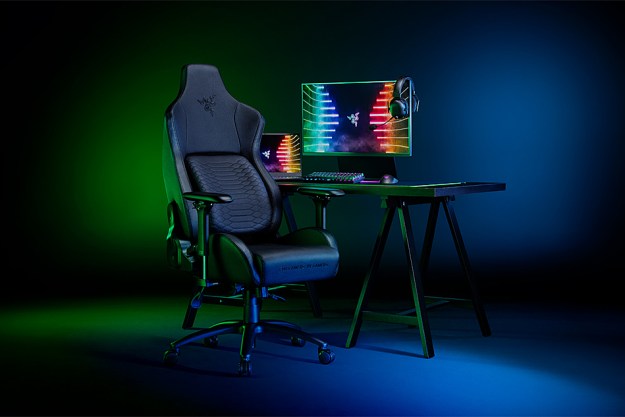
Ray Ozzie, Microsoft’s Chief Software Architect, is leaving the company, but he isn’t going without saying everything that’s on his mind. Much like his 2005 Internet Services Disruption post, Ozzie has written a long and detailed outgoing message to everyone at Microsoft, and all of us, titled “Dawn of a New Day.”
In his detailed post, Ozzie outlines the great successes Microsoft and the PC have achieved in the 25 years since Windows 1.0 and how the world of computing is fundamentally changing into something new. The world of the future will be “post-PC,” he writes, and filled with appliance-like simple devices that are always connected and served by the cloud.
Below are some quotes from the convincing and fascinating post.
Complexity kills
“But as the PC client and PC-based server have grown from their simple roots over the past 25 years, the PC-centric / server-centric model has accreted simply immense complexity. This is a direct by-product of the PC’s success: how broad and diverse the PC’s ecosystem has become; how complex it’s become to manage the acquisition & lifecycle of our hardware, software, and data artifacts. It’s undeniable that some form of this complexity is readily apparent to most all our customers: your neighbors; any small business owner; the ‘tech’ head of household; enterprise IT.”
“Complexity kills. Complexity sucks the life out of users, developers and IT. Complexity makes products difficult to plan, build, test and use. Complexity introduces security challenges. Complexity causes administrator frustration.”
The “post-PC” world
“And so at this juncture, given all that has transpired in computing and communications, it’s important that all of us do precisely what our competitors and customers will ultimately do: close our eyes and form a realistic picture of what a post-PC world might actually look like, if it were to ever truly occur. How would customers accomplish the kinds of things they do today? In what ways would it be better? In what ways would it be worse, or just different? Those who can envision a plausible future that’s brighter than today will earn the opportunity to lead.”
“In our industry, if you can imagine something, you can build it. We at Microsoft know from our common past – even the past five years – that if we know what needs to be done, and if we act decisively, any challenge can be transformed into a significant opportunity. And so, the first step for each of us is to imaginefearlessly; to dream.”
Continuous and Connected
“As we’ve begun to embrace today’s incredibly powerful app-capable phones and pads into our daily lives, and as we’ve embraced myriad innovative services & websites, the early adopters among us have decidedly begun to move away from mentally associating our computing activities with the hardware/software artifacts of our past such as PC’s, CD-installed programs, desktops, folders & files.”
“We’re moving toward a world of 1) cloud-based continuous services that connect us all and do our bidding, and 2) appliance-like connected devices enabling us to interact with those cloud-based services.”
“But there’s one key difference in tomorrow’s devices: they’re relatively simple and fundamentally appliance-likeby design, from birth. They’re instantly usable, interchangeable, and trivially replaceable without loss. But being appliance-like doesn’t mean that they’re not also quite capable in terms of storage; rather, it just means that storage has shifted to being more cloud-centric than device-centric. A world of content – both personal and published – is streamed, cached or synchronized with a world of cloud-based continuous services.”
Devices of the future
” Today’s PC’s, phones & pads are just the very beginning; we’ll see decades to come of incredible innovation from which will emerge all sorts of ‘connected companions’ that we’ll wear, we’ll carry, we’ll use on our desks & walls and the environment all around us. Service-connected devices going far beyond just the ‘screen, keyboard and mouse’: humanly-natural ‘conscious’ devices that’ll see, recognize, hear & listen to you and what’s around you, that’ll feel your touch and gestures and movement, that’ll detect your proximity to others; that’ll sense your location, direction, altitude, temperature, heartbeat & health.”


